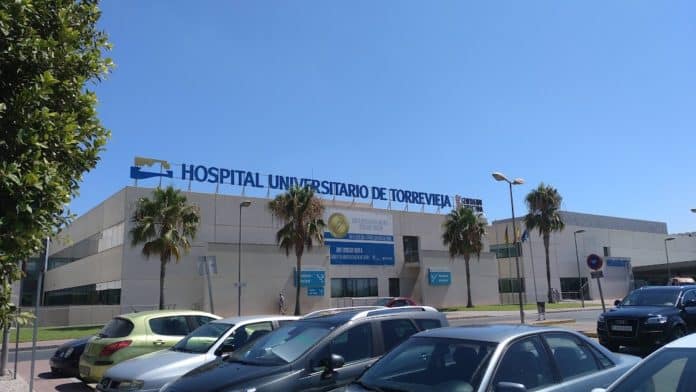Since the management of Torrevieja was reverted back to public control almost two years ago to the date, there has been a considerable decline in the quality of service, although now stable, still at a poorer level than before, and this week it has been revealed that the decline has not only affected patients directly, but also in their pockets, as the cost of this poorer service is much greater than before, when the Ribera Salud group managed the facility.
The decline became apparent with waiting lists practically doubling in two months, a greater reliance on private health groups at a much higher cost, and the impact on the healthcare professionals, many of whom left, and those remaining battling for a fair deal for their work. We have seen people waiting for days for emergency treatment, thousands abandoning care, many being sent to other hospitals for simple diagnostics like an x-ray, and those health workers taking to the streets in protest.
Now, details of the Economic Report of the Expenditure Monitoring Dashboards carried out by the Ministry of Health itself referring to the period January-July 2023 have been made public, revealing that Torrevieja shows the worst results in the entire Valencian Community.
In terms of personnel alone, the Torrevieja department has had a total expenditure of 9.5 million, which is 20% more than when management was private. Keeping in mind that this money has not been a direct increase to the staff working in the health centre, as they have been protesting for a pay increase, but rather the overall cost.
The reference period is particularly interesting because it already reflects real data from the department under public management, 2023, and outside the supposed transition year between both management systems. And especially after the Generalitat hired nearly 800 more professionals, from the 1,200 that Ribera Salud left to the 2,000 it currently has.
Faced with these data, the hospitals of the public health system still managed by concessions to private groups have shown decreases in personnel expenses: -4.6% in Dénia, -1.1% in Manises and -0.5% in Elche-Crevillent.
In contrast, the new public management of Torrevieja has spent 64.4% more on substitutions and accumulations, 54.4% more on substitutions due to temporary disability of its workers, 42.1% more on medical guards for doctors and a 27.6% increase in payments for continued care of the rest of the staff.
There has also been a noticeable increase in the spending on health supplies, where Torrevieja is once again the department that has been the most expensive in the entire region with an increase in spending of 39.4%, followed by Manises with 33.8%. The same as in current spending, where Torrevieja has increased this item by 75.9%.
Also in hospital pharmaceutical spending, with data outside of this report dated August 2023, Torrevieja shows the largest increase with 42%. In this sense, it is worth noting that the department that follows in spending growth is La Plana, with a 15.6% increase.
This information is especially pertinent since “current expense” refers to all “miscellaneous expenses” that have nothing to do with healthcare. Which reveals the level of effectiveness and efficiency of management in the hands of professionals appointed by politicians instead of private companies.
The Ministry of Health, with the new PP-Vox Government, is already carrying out an audit on the real, economic, and healthcare data, of what the reversal of Torrevieja has cost, and this government has confirmed it will not revert. And if this change is finally demonstrated, it represents close to 100 million annually coming out of the pockets of the citizens of the Community, which is what it costs to build a new hospital, the debate on the healthcare model could radically change its arguments.





